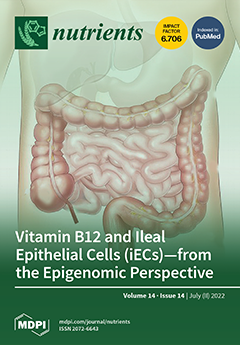Vitamin D deficiency is a global public health problem, a pandemic that commonly affects the elderly and those with comorbidities such as obesity, diabetes, hypertension, respiratory disorders, recurrent infections, immune deficiency, and malignancies, as well as ethnic minorities living in temperate countries. The same groups were worst affected by COVID-19. Since vitamin D deficiency weakens the immune system, it increases the risk of infections, complications, and deaths, such as from sepsis and COVID-19. Deficiency can be remedied cost-effectively through targeted food fortification, supplementation, and/or daily safe sun exposure. Its endocrine functions are limited to mineral metabolism, musculoskeletal systems, specific cell membrane interactions, and parathyroid gland functions. Except for the rapid, endocrine, and cell membrane-based non-genomic functions, all other biological and physiological activities of vitamin D depend on the adequate intracellular synthesis of 1,25(OH)
2D (calcitriol) in peripheral target cells via the genome. Calcitriol mediates autocrine (intracrine) and paracrine signalling in immune cells, which provides broader, protective immune functions crucial to overcoming infections. The synthesis of 1,25(OH)
2D (calcitriol) in peripheral target cells is dependent on diffusion and endocytosis of D
3 and 25(OH)D from the circulation into them, which requires maintenance of serum 25(OH)D concentration above 50 ng/mL. Therefore, in acute infections such as sepsis and respiratory infections like COVID-19, it is necessary to rapidly provide its precursors, D
3 and 25(OH)D, through the circulation to generate adequate intracellular calcitriol. Immune defence is one of the crucial non-hormonal functions of vitamin D. A single oral (bolus) dose or divided upfront loading doses between 100,000 and 500,000 IU, using 50,000 IU vitamin D
3 increase the serum 25(OH)D concentrations to a therapeutic level of above 50 ng/mL that lasts between two to three months. This takes three to five days to raise serum 25(OH)D. In contrast, a single oral dose of calcifediol (0.014 mg/kg body weight) can generate the needed 25(OH)D concentration within four hours. Considering both D
3 and 25(OH)D enter immune cells for generating calcitriol, using the combination of D
3 (medium-term) and calcifediol (immediate) is cost-effective and leads to the best clinical outcome. To maximise protection against infections, particularly to reduce COVID-19-associated complications and deaths, healthcare workers should advise patients on safe sun exposure, adequate vitamin D supplementation and balanced diets containing zinc, magnesium, and other micronutrients to support the immune system. Meanwhile, governments, the World Health Organisation, the Centers for Disease Control, and governments should consider similar recommendations to physicians and the public, change the outdated vitamin D and other micronutrient recommendations directed to their population, and organise targetted food fortification programs for the vulnerable groups. This article discusses a rational approach to maintaining a sustained serum 25(OH)D concentration above 50 ng/mL, necessary to attain a robust immune system for overcoming infections. Such would cost-effectively improve the population’s health and reduce healthcare costs. It also describes three cost-effective, straightforward protocols for achieving and sustaining therapeutic serum 25(OH)D concentrations above 50 ng/mL (>125 nmol/L) to keep the population healthy, reduce absenteeism, improve productivity, and lower healthcare costs.
Full article






